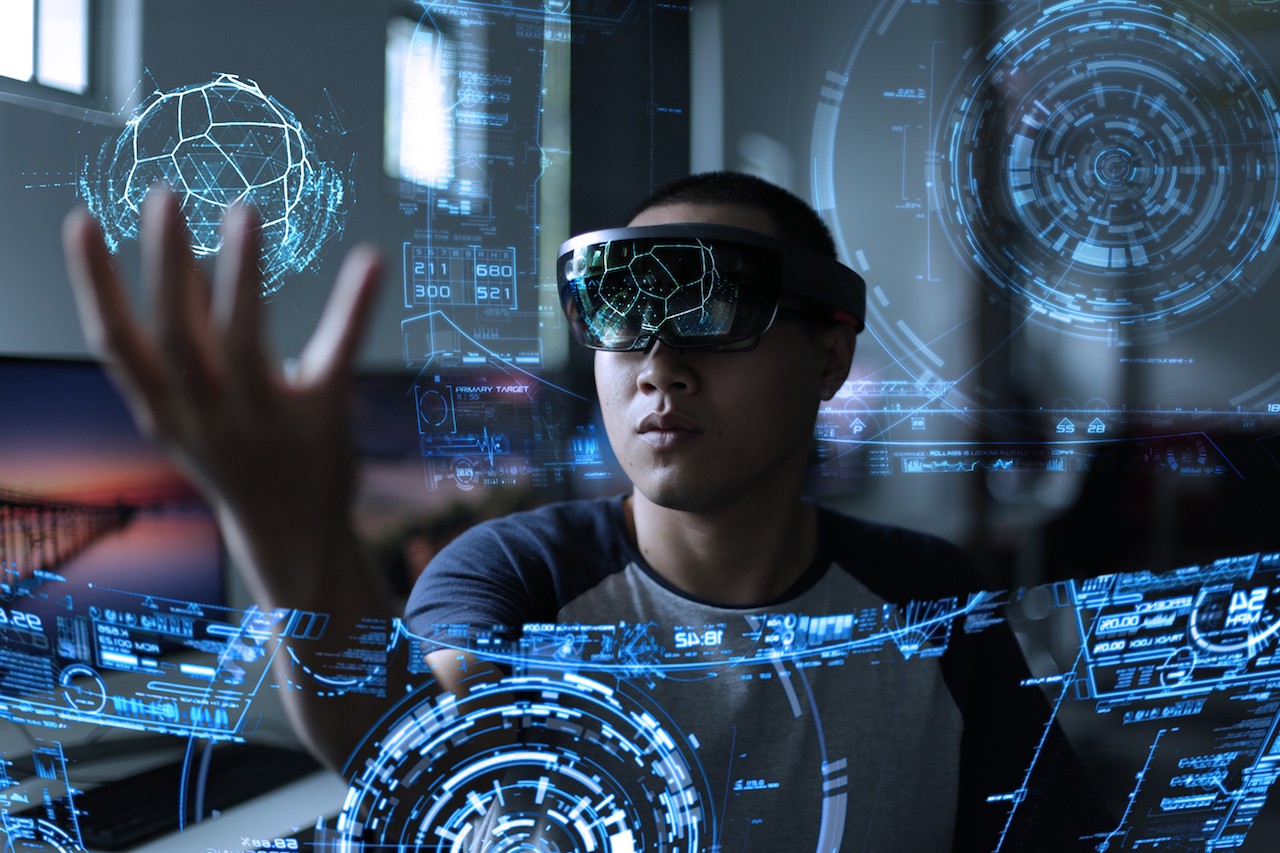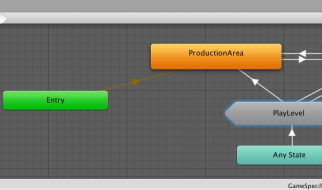What makes us believe that VR will change gaming, entertainment and much more

Nowadays people often ask “Is VR the future of gaming?”, “What are the future applications of virtual reality?”, “Will VR become mainstream?”. Let’s try to deal with those questions at once in this piece of writing.
Our vision is that VR is the next stage of technological evolution in gaming, entertainment, and user interfaces.
Gaming & Entertainment Evolution
Just think about the way gaming and entertainment were developing during the last 2 decades:
1. The first games were 2D.
2. Then 3D games appeared, and they started to be more popular than 2D ones.
3. After that cinemas started showing movies with 3D glasses, and that has added even more dimensions to the entertainment. Earlier it was 3D on the flat screen. Now it looked like even more 3D.
4. Kinect has appeared, allowing a fun and user-friendly way to control game characters with your body movements.
5. 4D cinema came up, where people can not only see the movie in 3D but feel the air, water, movement, etc.
As you can see, the evolution of gaming and entertainment constantly searched for new ways to translate emotions. And the more real the picture seems ? the more emotions it produces. The audience should believe what it sees in a movie or a game.
What is the future application of VR?
And now VR has emerged. The quality of VR games is not yet good enough. However, the idea of virtual reality itself is a new, better way to deliver emotions to users.
Immersiveness is the key feature.
360-degree photos and videos give you the feeling of being in that place. VR games transfer a player to another world. Nothing distracts you from being in that new world. Which lets you believe in it more, and feel emotions much stronger. That?s why VR is definitely the future for the gaming and entertainment industry in general.
From the UI point of view:
- First, there were just keyboard commands.
- Then a mouse and GUI have appeared, and it has simplified the interfaces so much!
- When the touch screens showed up ? it was another step forward. Compare the ease of interacting with the iPad to a PC interaction via a mouse. It?s so much more intuitive! Even 3-year-old children interact with iPads with no problems.
- The gestures like tap, drag or pinch to zoom look so much more physical, closer to real-life, and just easier.
We are witnessing a curious tendency: the world of UI is moving towards getting rid of accessories that stand between the user and content ? mouse and keyboard.
The gestures on a tablet are one step forward in this direction. Now users can interact seamlessly with 2D interfaces on the screen, simply using their fingers.
What about interaction with 3D content?
Here VR comes to the scene! In virtual reality you can be inside the 3D content, create it, interact with it.
So, the 2 main points are:
- The world moves toward 3D immersive content since it has more dimensions, can contain more information, translates feelings and emotions better. Furthermore, it feels closer to real-life.
- The best way to work and interact with 3D content is to be inside of it, be able to move around it, feel it in real-size.
All those are perfectly achievable with VR!
Conclusion
Virtual reality shows a lot of promise for the future as it gives an immersive experience for a user. Thus businesses may leverage this key feature and take a step further in their product and services advancement.
Despite all the obstacles, VR market is developing, especially in gaming, and in enterprise segments. The tendency goes towards virtual reality becoming mainstream in the near future.
So we’re pretty sure that those businesses who start implementing VR solutions into their processes have great chances to dominate the market.
See it for yourself. And if you need you an expert’s advice, don’t hesitate to ask!
If you liked what you just read, show your support by clapping us to spread it among other people on Medium.
Follow us on Facebook, Twitter, Instagram, LinkedIn, Medium and visit our corporate blog for more essays like this one on smart solutions.
Got questions? Feel free to contact us!


